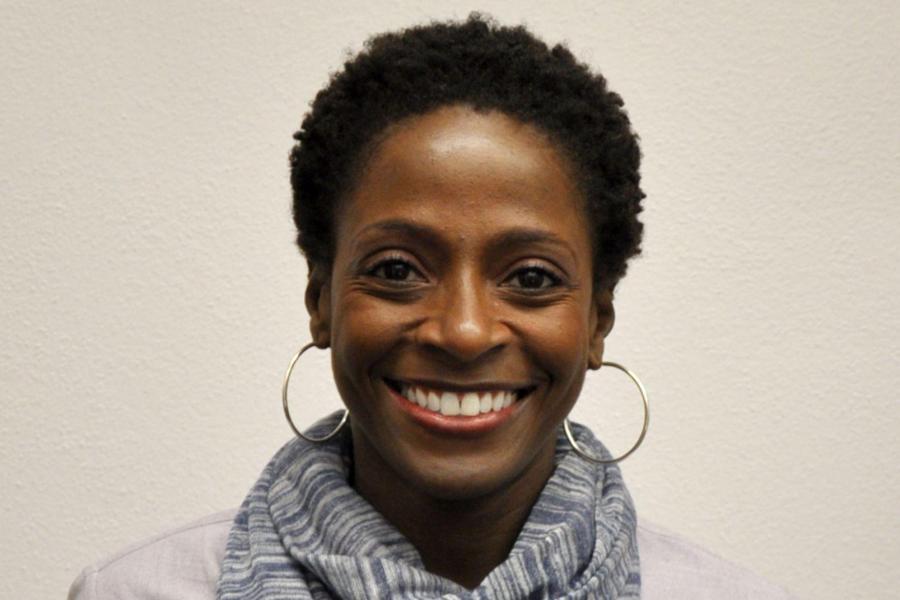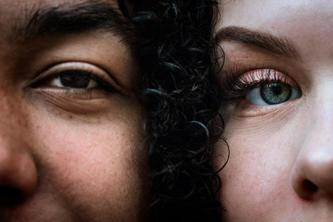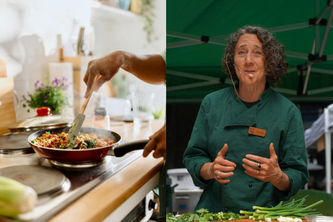
Many young children do not get the amount of physical activity that they need to be healthy. As the summer months approach, Daheia Barr-Anderson, Ph.D., associate professor in the School of Kinesiology, shares her expertise on how to keep children physically active during the summer months.
Q: Why is it important for children to remain active in the summertime?
Barr-Anderson: Regardless of the season, it is important for children to be physically active for the myriad physical, emotional, mental and psychological benefits that result from moving your body on a regular basis. However, in the summer when children may have less structured activities scheduled, it is imperative for parents to keep their children moving—whether with structured activities such as sports and sports camps or unstructured activities such as dedicated time at the local park or community pool. During the long days of summer—filled with sunshine but no seven-hour school day—some children may have lots of unstructured time that can easily be filled with sedentary screen time. Parents must be extra intentional to provide opportunities for their children to be active for at least an hour each day.
Q: How much daily activity is recommended for children?
Barr-Anderson: For children aged 3-5 years, the National Physical Activity Guidelines recommend preschoolers to move their bodies in structured and unstructured active play at all intensities (light, moderate and vigorous) for at least three hours per day. For this population, almost any and all movement counts towards the minimum recommendation. Guidelines for older children aged 6-17 are more specific. The goal is at least 60 minutes per day of moderate-to-vigorous physical activity with most of that 60 minutes spent doing aerobic activities and on at least three of those days, it should include muscle- and bone-strengthening activities, such as running, jumping and skipping. Regardless of the age, it is imperative for children to engage in a variety of fun and age- and developmentally-appropriate activities.
Q. What are some good summertime activities both outdoors and indoors?
Barr-Anderson: Outdoor activities include:Playing at parks and playgrounds, biking, swimming, walking/running/hiking, structured sports (softball, baseball, soccer, etc.), tennis, jumping rope, yoga (outdoor yoga during the summer is simply awesome!) and the list goes on. As long as you are moving your body in a fun and enjoyable manner in the sunshine, children are winning!
Children can beat the heat at indoor parks and playgrounds. Depending on the space available at local community centers and indoor recreational centers, many of the outdoor activities listed above can be performed indoors — although biking might be a little challenging! If indoor space is limited to at home, physically active video games and dancing are viable options.
Q: How can parents and other caregivers support their children in physical activity?
Barr-Anderson: If it falls within the family budget, it can be easy for parents to outsource their children’s physical activity by enrolling them into various sports and summer camps and have skilled professionals (or zealous teenagers) oversee their children’s physical activity. However, this is not feasible for every family, so the most important support from parents and caregivers will be their sheer presence. Grab your children and be physically active with them. Go for a walk after dinner. Check out the local Salvation Army and online sales venues such as the Nextdoor app, Craigslist and Facebook Marketplace to locate inexpensive outdoor equipment such as bikes, bats and balls. Living in Minneapolis, there are several parks within any given one-mile radius that offer inviting spaces to be physically active, including through the local parks and rec boards.
Q. What are you doing to advance research and awareness on this topic? Do you have any resources to share?
Barr-Anderson: One of my current studies focuses on children's physical activity. We are using a smart, interactive doll to prompt 4-8-year-old African-American or Black girls to be more physically active and eat healthfully. It has been a really fun project to work with a tech company to develop the doll with the guidance of a community advisory board comprised of African-American girls and their mothers. Although the goal of the project is to create a tangible object to promote healthy living, it has reaffirmed the importance of parental, and even familial, support for young children to engage in these health-centered behaviors.
About Dr. Barr-Anderson
Dr. Barr-Anderson's research interests focus on physical activity, sedentary behaviors and obesity prevention in children and adolescents. She is particularly interested in home-and community-based environmental interventions that incorporate both physical activity and nutrition to achieve healthy outcomes and to decrease racial/ethnic health inequalities.
-30-
About the College of Education and Human Development
The University of Minnesota College of Education and Human Development (CEHD) strives to teach, advance research and engage with the community to increase opportunities for all individuals. As the third largest college on the Twin Cities campus, CEHD research and specialties focus on a range of challenges, including: educational equity, teaching and learning innovations, children’s mental health and development, family resilience, and healthy aging. Learn more at cehd.umn.edu.
About “Talking...with U of M”
“Talking...with U of M” is a resource whereby University of Minnesota faculty answer questions on current and other topics of general interest. Feel free to republish this content. If you would like to schedule an interview with the faculty member or have topics you’d like the University of Minnesota to explore for future “Talking...with U of M,” please contact University Public Relations at [email protected].
- Categories:
- Health
- Early childhood





